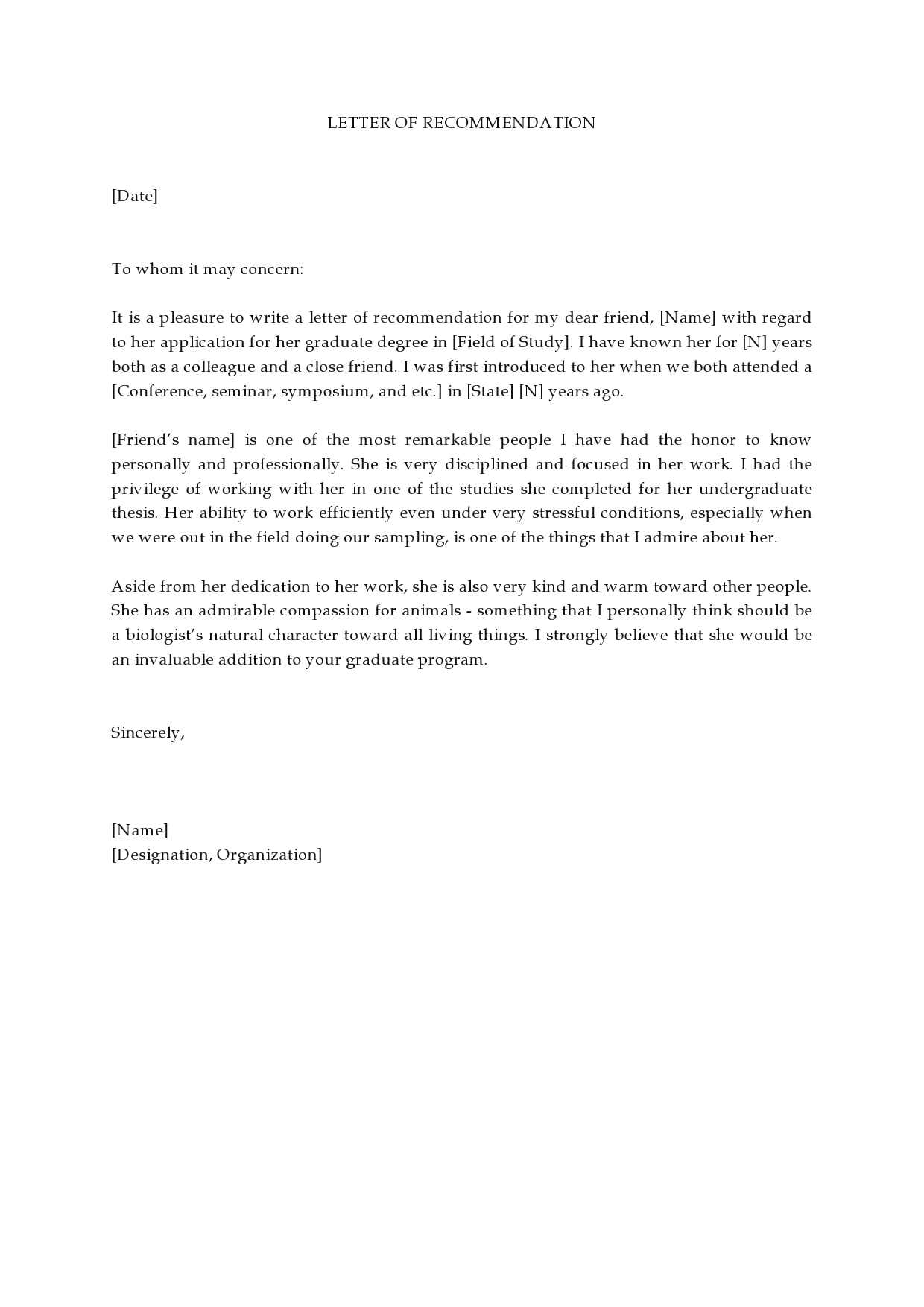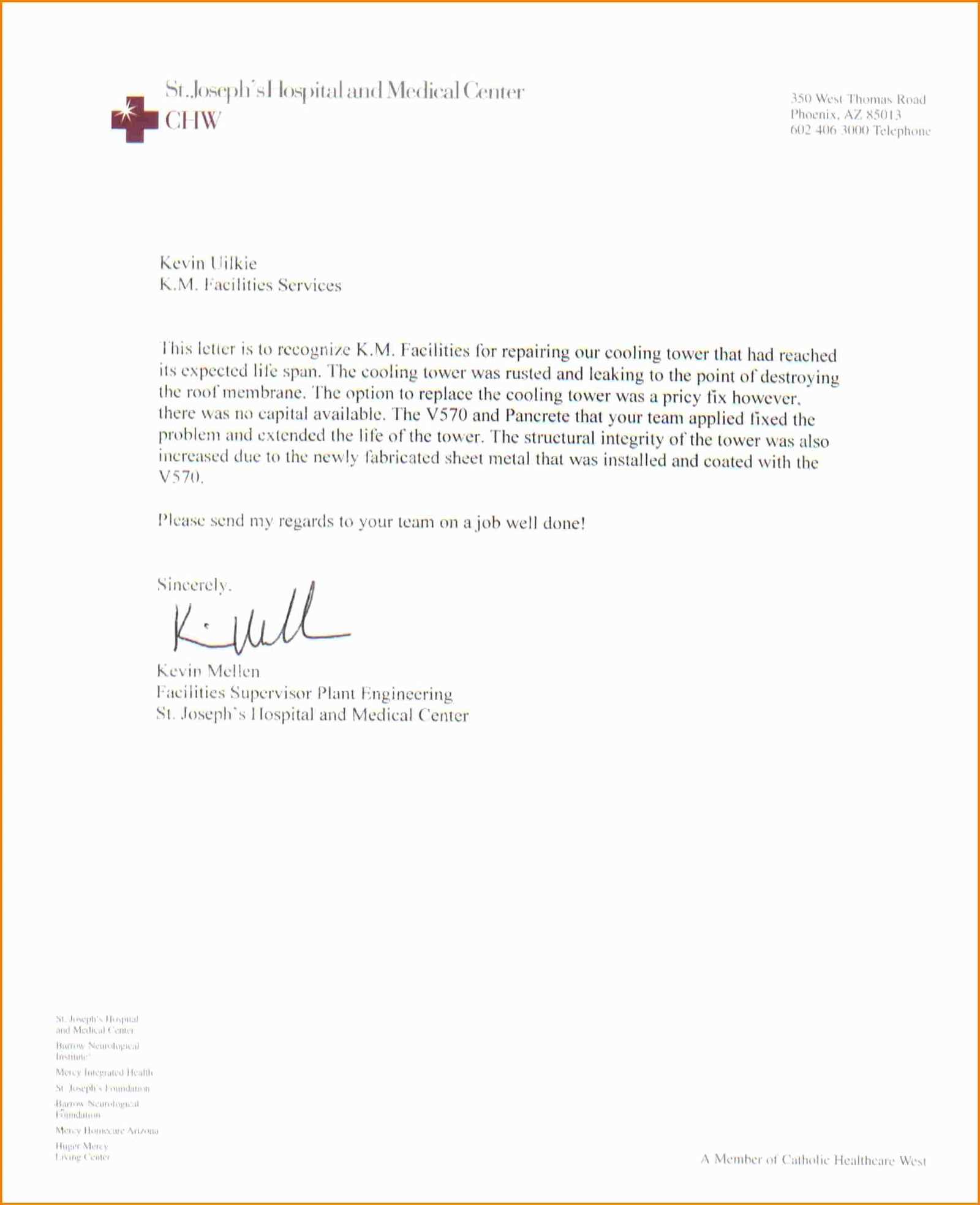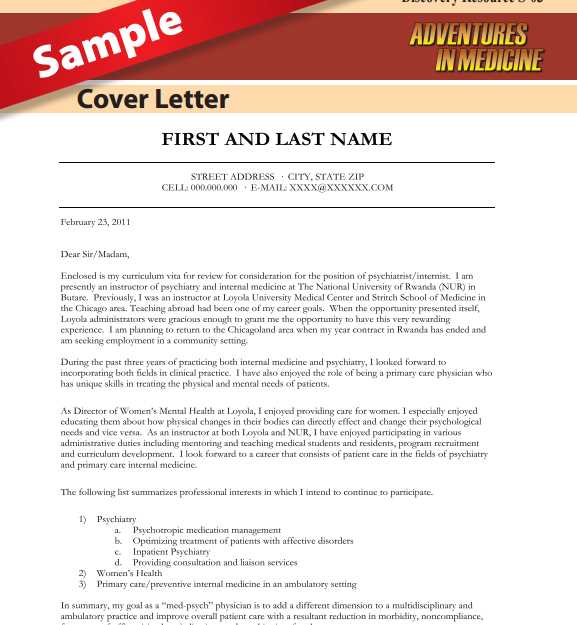Physician Letter of Medical Necessity Template Guide

When requesting approval for treatments or services from insurance providers, it’s crucial to submit a properly structured document that explains why a particular intervention is needed. This type of document helps ensure that all necessary information is provided, enabling a smoother review process and increasing the likelihood of approval.
Key Elements to Include

To create an effective justification, ensure that the following elements are included:
- Patient Information: Basic details such as the patient’s name, age, and diagnosis.
- Healthcare Provider’s Statement: Clear explanation from the healthcare professional supporting the need for the service.
- Medical Background: A summary of the patient’s history and the relevance of the requested treatment.
- Expected Outcomes: Explanation of how the intervention will benefit the patient.
- Alternative Options: Mention other possible treatments, if applicable, and why they are not suitable.
Structure of the Document
The content of the document should follow a logical order, starting with an introduction to the patient’s condition, followed by a detailed justification of the recommended treatment. The closing section should reiterate the necessity of the intervention, emphasizing the health benefits and the need for insurance coverage.
Common Mistakes to Avoid

It is essential to avoid common pitfalls such as:
- Vague Language: Ensure that the document is clear and specific about the need for the treatment.
- Missing Information: Always provide complete medical history and treatment rationale.
- Excessive Technical Jargon: While medical terms are important, ensure the document remains accessible and understandable.
Legal and Insurance Considerations

When drafting this document, keep in mind that insurance companies often require compliance with specific guidelines. Ensuring that your submission adheres to these requirements will increase the chances of approval. Additionally, understanding the legal implications of misrepresentation or omission of critical information is essential for healthcare providers.
Understanding the Healthcare Justification Document and Its Essential Components

When seeking approval for specific treatments or services from insurance providers, it’s important to create a detailed, structured document. This formal communication explains why a certain procedure or intervention is needed and helps to ensure that necessary information is conveyed to facilitate the approval process.
Key components of such a document include patient details, the healthcare provider’s explanation of the need for the proposed treatment, and a comprehensive medical history. It’s important that the document is both clear and specific to make the case compelling. A well-constructed request is more likely to receive approval.
To write an effective submission, focus on clearly outlining the patient’s condition, the proposed intervention, and why it is the most appropriate choice. Avoid including extraneous information and keep the content concise and to the point.
Common mistakes often seen in these types of documents include vague descriptions of the treatment and failing to provide enough background information about the patient’s condition. Additionally, using too many technical terms can make the document difficult for non-specialists to understand, which could negatively impact the approval process.
Including a clear explanation from the healthcare provider about why the proposed intervention is crucial is essential. This statement forms the core of the justification and should emphasize the health benefits and potential risks of not proceeding with the recommended treatment.
Customizing the document to fit the specific needs of the patient and the requirements of the insurance provider can make a significant difference. Tailoring the content while adhering to standard guidelines increases the chances of getting approval and demonstrates thoroughness.
Finally, consider the legal and insurance-related factors when preparing this document. Each insurer may have specific requirements, and failing to meet these can delay or hinder the approval process. Additionally, ensuring accuracy and completeness is important to avoid potential legal issues.